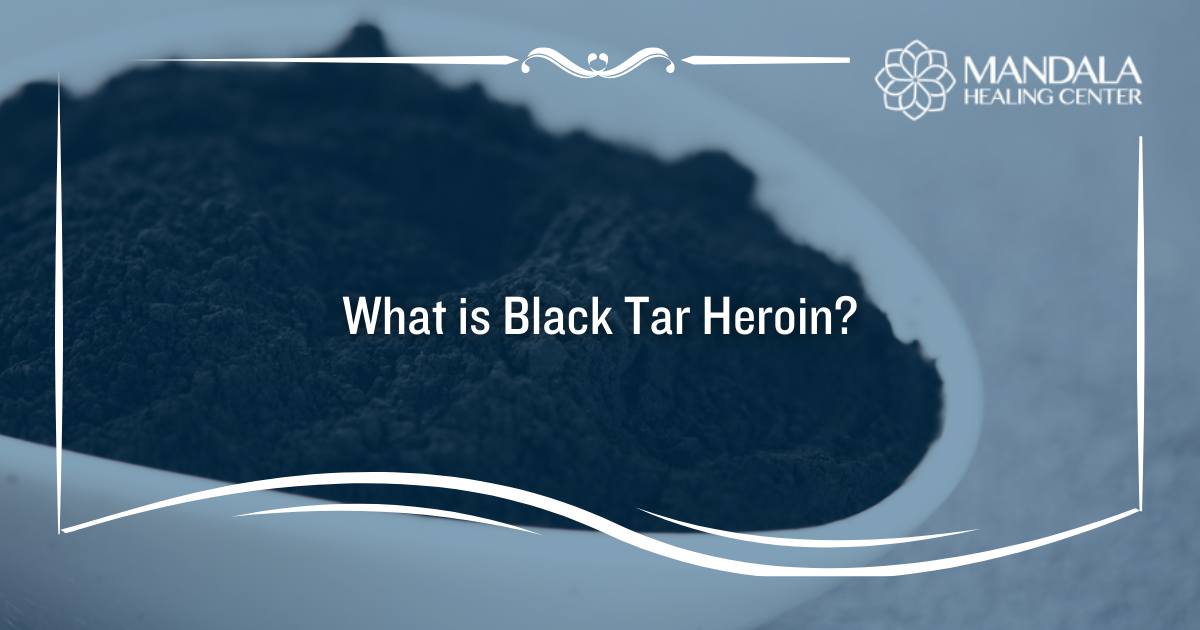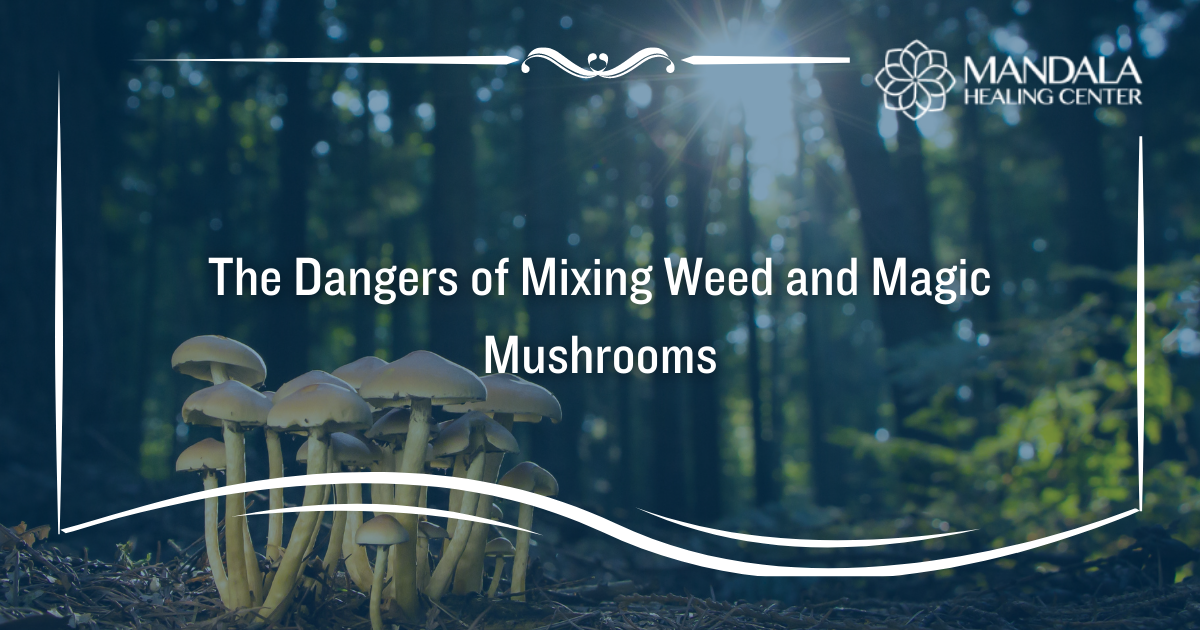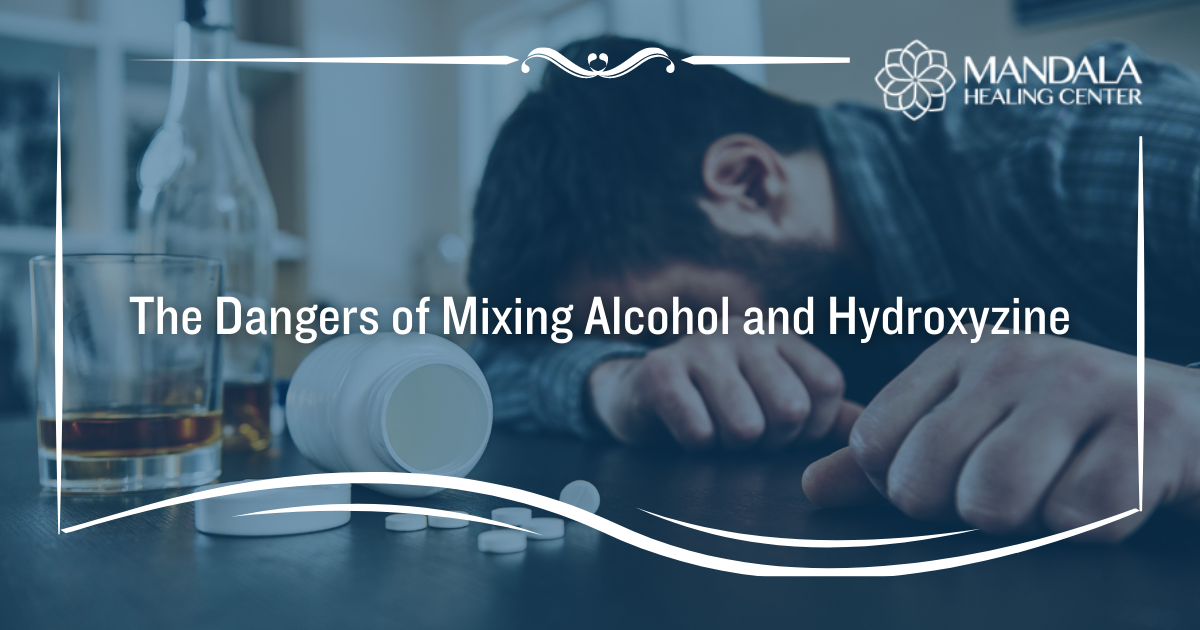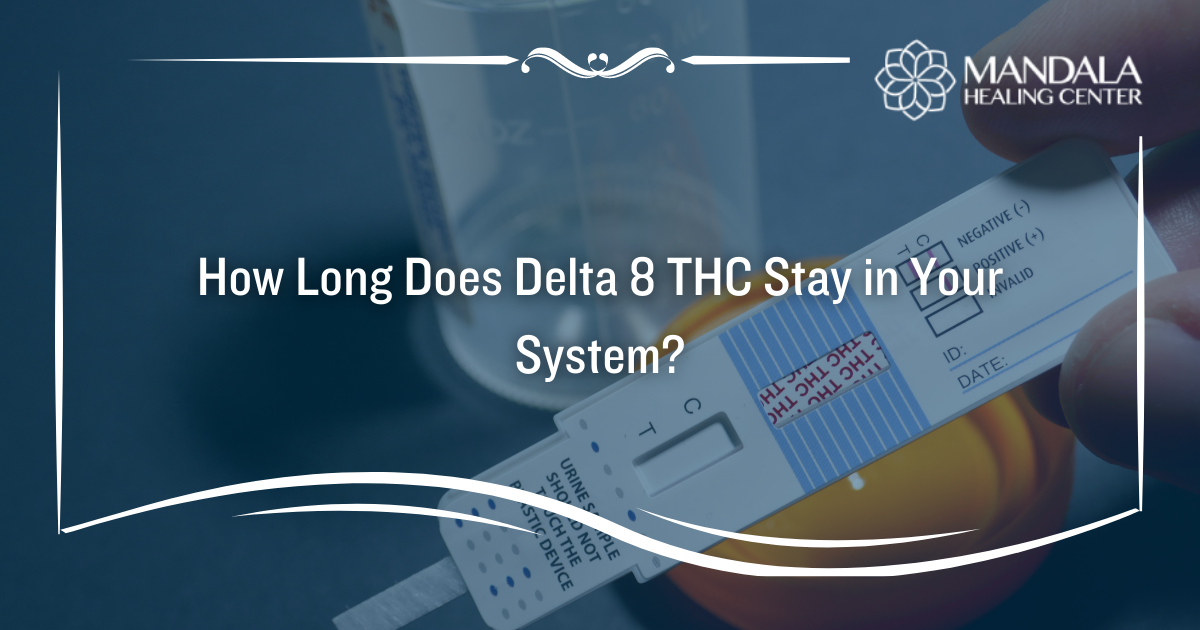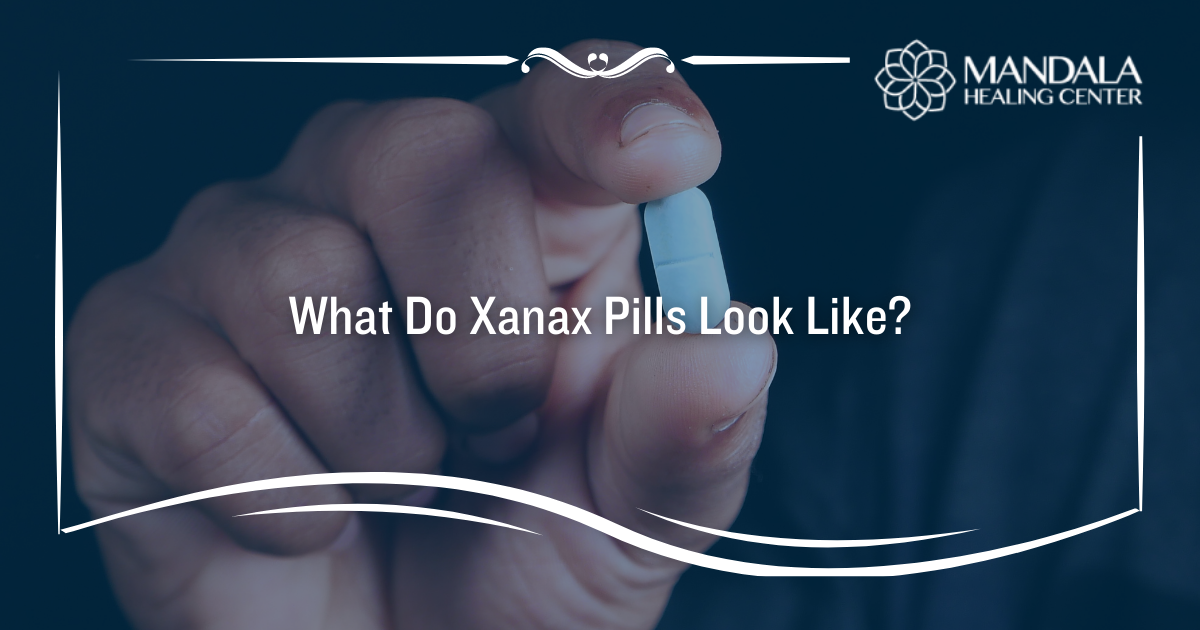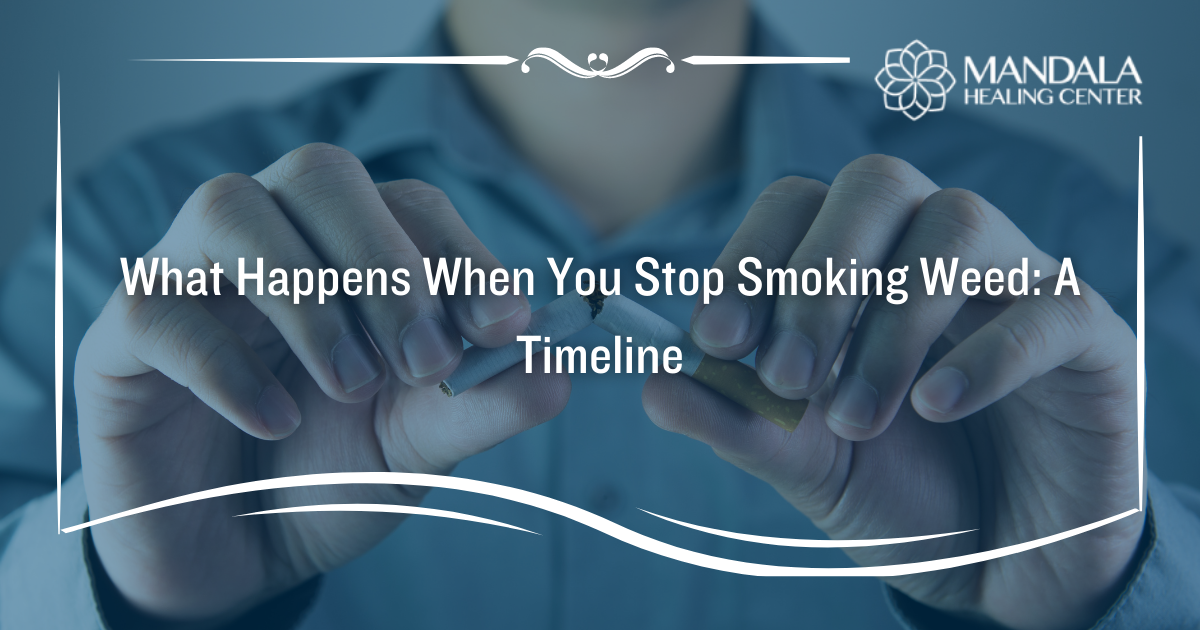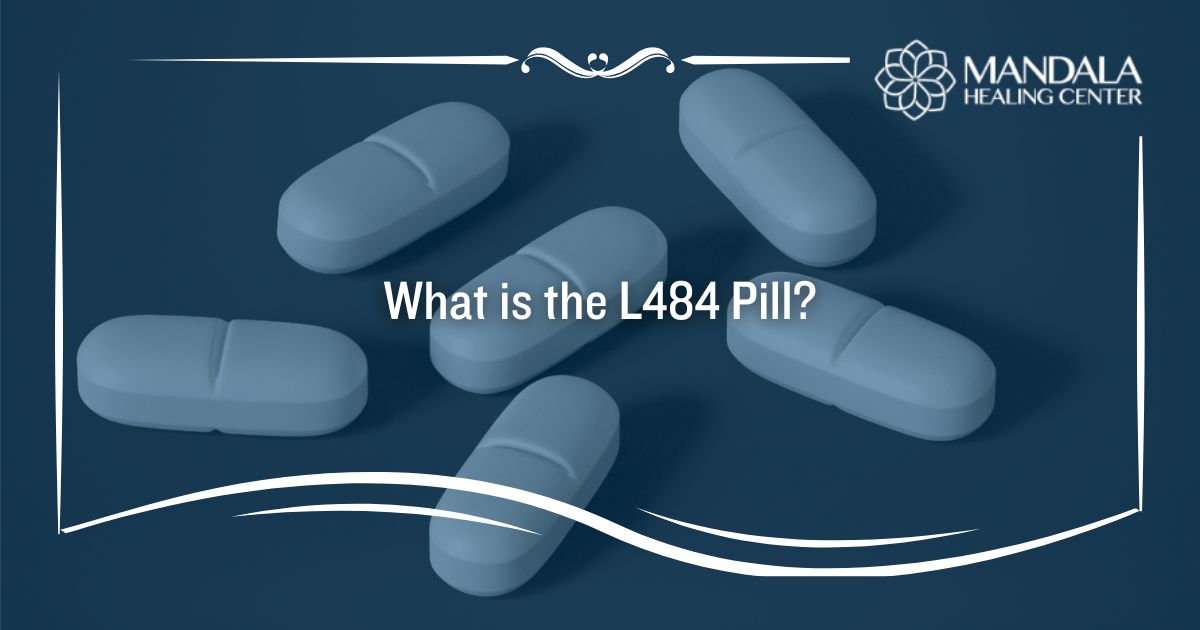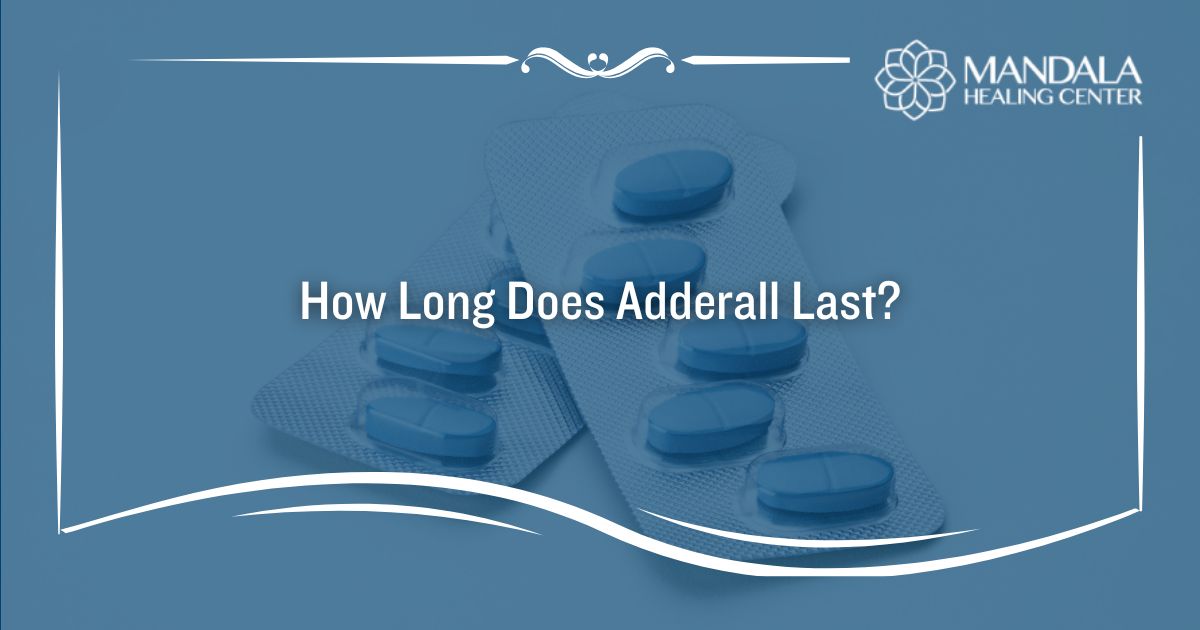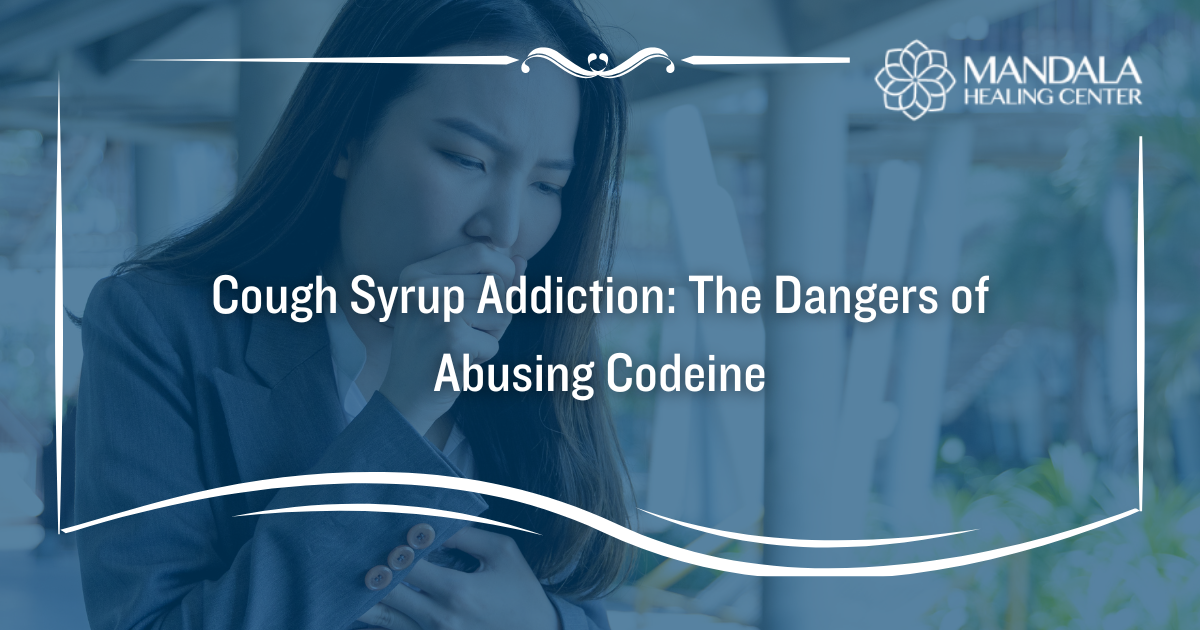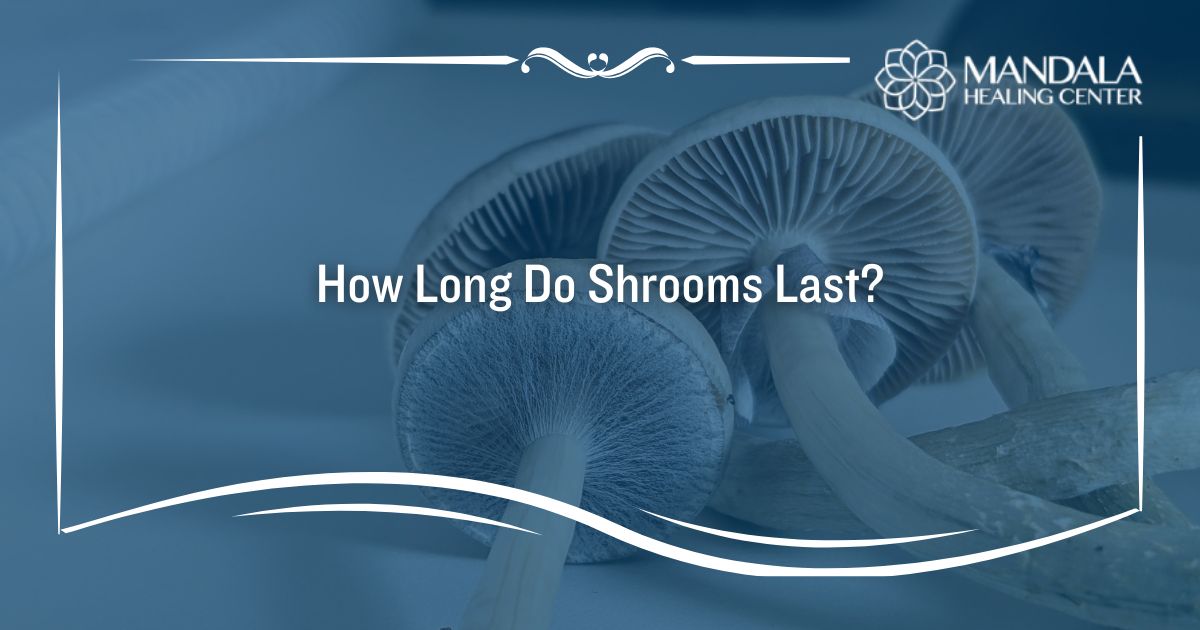Heroin abuse and addiction can derail a person’s life, and overcoming it requires professional treatment. There are two common forms of heroin: the white powder many imagine when they think of heroin, and black tar heroin. Both forms of the drug can seriously harm a person’s health, safety, and relationships. But is there a difference between heroin and black tar heroin? And what does black tar heroin look like?
If you want more information on recognizing black tar heroin or the symptoms of addiction, reach out to the Mandala Healing Center specialists today. Our holistic addiction treatment programs can give you the support, care, and skills you need to move past your addiction into a healthier future.
What is Black Tar Heroin?
Black tar heroin is derived from morphine–a potent opioid painkiller. Like its white powder form, black tar heroin is an illicit drug with no known medical purposes and a high risk of addiction.
Black tar heroin is imported from South America, several Asian countries, and Mexico, which supplies the western parts of the United States with the drug.
Black tar heroin is a solid form of the drug that users can inject or smoke.
What Does Black Tar Heroin Look Like?
Black tar heroin is very different in appearance from other forms of white powder heroin. As its name suggests, black tar heroin is black or dark brown in color and has a sticky texture that resembles roofing tar.
Heroin vs. Black Tar Heroin: What are the Differences?
Besides the noticeable differences in their appearances, there are some general differences between heroin and black tar heroin.
Heroin
The white powder form of heroin is considered to be purer but is often cut with other white powders before being trafficked and sold.
Black tar heroin
Black tar heroin is a solid instead of a powder. It is believed to be only 30-40% pure, although purity levels vary widely. It is typically cheaper to buy because it is less pure but it poses a greater danger to users.
The Effects of Black Tar Heroin
The effects of black tar heroin are similar to other forms of the drug. Heroin abuse has many short and long-term emotional and physical symptoms.
Short-term effects
Heroin users may experience a range of short-term effects, including:
- Relaxation
- Contentment
- Reduced anxiety and tension
- Drowsiness
- Apathy
- Heavy limbs
- Dry mouth
- Nodding off
- Clouded thinking
- Flushed skin
Long-term effects
Over time, heroin abuse can take its toll on your mind and body. Long-term effects of heroin abuse include:
- Insomnia
- Collapsed veins
- Tissue damage from frequent injections
- Heart lining and valve infection
- Liver and kidney disease
- Lung disease
- New or worsening mental illness symptoms
- Erectile dysfunction
- Irregular menstrual cycles
Both black tar heroin and white powder heroin can be highly addictive. Heroin users experience euphoria as the drug binds to opioid receptors in the brain and affects dopamine production. These effects may make people want to use heroin in larger or more frequent doses. After a period of heavy or frequent use, a person’s body adapts to heroin and cannot function without it. Many find that they need more and more of the drug to get the desired effects or ward off severe withdrawal symptoms. This dependence and tolerance create a cycle of addiction that can be very hard to break out of.
People living with heroin abuse or addiction require compassionate, comprehensive treatment to help them overcome this devastating condition and live the lifestyle they choose.
What Happens in Treatment for Heroin Addiction?
Heroin addiction is one of the most challenging addictions for people to overcome and studies show that among people aged 12 or older in 2020, an estimated 0.2% (or about 691,000 people) had a heroin use disorder. Prolonged or heavy heroin abuse changes how your brain and body work, making it very difficult to stop using the drug–even when the consequences to your health, safety, and relationships are severe.
Heroin withdrawal can be brutal, with many uncomfortable emotional and physical symptoms that linger for days or weeks. It’s crucial to have the support of a medically-supported detox program so that you can have a safe, complete withdrawal and avoid early relapse.
After completing a medically-supported detox program, it’s essential to participate in a comprehensive addiction treatment program that can help you address your addiction’s physical, emotional, and behavioral components. Treatment plans combine evidence-based and holistic therapies to promote overall healing and wellness during recovery. These treatments include:
- Medications
- Mental health and medical care
- Individual counseling
- Group therapy
- Family therapy, if appropriate
- Education
- Holistic treatments like nutrition support, mindfulness, and massage
After completing heroin addiction treatment, you must create an aftercare plan that allows you to stay active and engaged in recovery and avoid relapse for the rest of your life.
Find Help Today
The Mandala Healing Center is committed to treating each person as a whole, integrating a healthy lifestyle that will help our patients truly heal from the inside out. At the core of healing is exceptional clinical care. Our dynamic addiction treatment methods provide a foundation for life-long recovery by addressing the underlying causes of suffering in today’s families. Our patients are empowered to reclaim their lives and restore their health, free from addiction and substance misuse.
If you or someone you love want more information about the risks of using black tar heroin or require treatment for heroin addiction, reach out to the Mandala Healing Center specialists today.
References:


